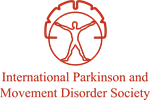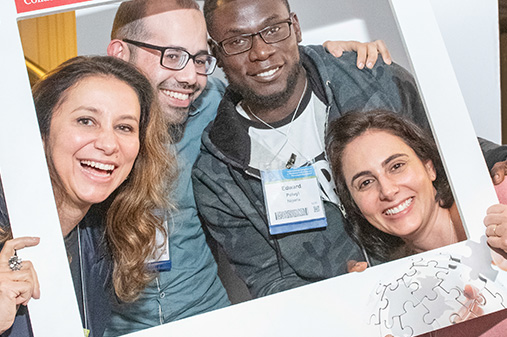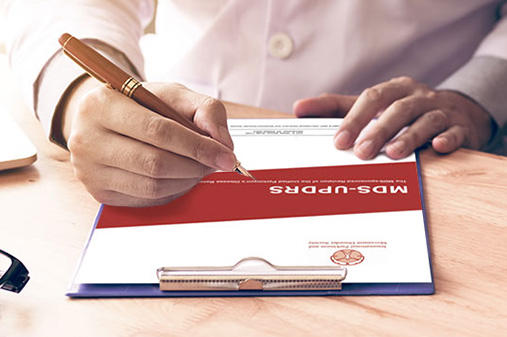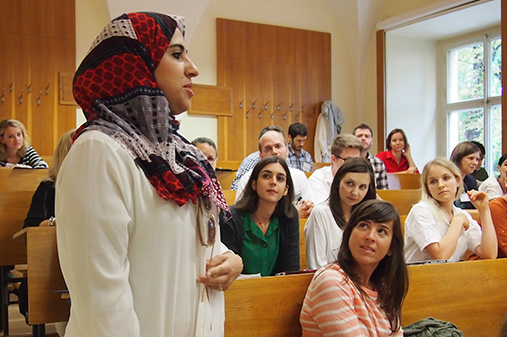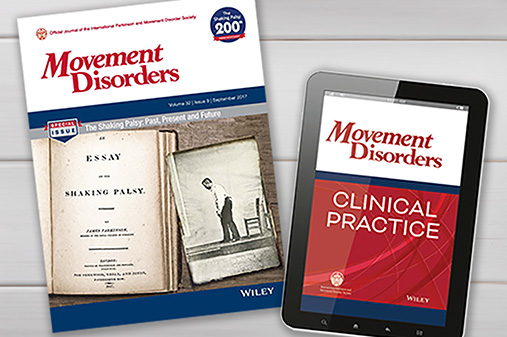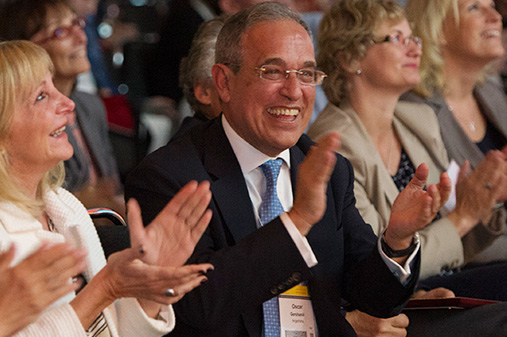Current landscape of pediatric movement disorders • 2025 MDS Congress
Dr. Hugo Morales: [00:00:00] Welcome to another episode of the MDS Podcast. I'm your host, Hugo Morales, and this is an update episode during the International Movement Disorder Society Congress in Hawaii. Today I have the pleasure of interviewing Dr. Shekeeb Mohammed from the Westmead Children Hospital in Australia. Welcome, Shekeeb. you. Now, in recent years, there's been more interest in pediatric movement disorders around the world, and both pediatric neurologists and adult neurologists want to learn more about this. Tell us,, what's the most relevant updates in this area?
View complete transcript
Dr. Shekeeb Mohammad: Great. Thanks, Hugo. So as Hugo mentioned, I'm a pediatric neurologist and I developed any interest in movement disorders just starting off by grouping pediatric movement disorders as a distinct subspecialty, which is still not the case around the world. But indeed, [00:01:00] for all those of us who work in this area, there are many disorders that have a prominent movement disorder in childhood. And therefore, I think this is a field that is growing and is much needed.
In terms of pediatric movement disorders not just in the last 12 months, but overall, the most common movement disorder in children is cerebral palsy and Tourette syndrome. So around the world, these are good examples for those of you who may be wondering what constitutes pediatric movement disorders.
And then there is a larger group of what are called rare genetic disorders. But if you take them all together, they're not rare. Because in all of our clinics, they form a significant proportion, even though the individual disorders may be rare.
So in the last 12 months or in the last one to two years, what Has been happening is we have been still riding the wave of genetic diagnostics and understanding more about paradigms and how to explain many of these disorders. For those of you who are not familiar, there is a concept of cerebral palsy, which is a static movement disorder, classically thought [00:02:00] to be with brain injury conus or HIE. And that paradigm has somewhat shifted, that even if you have a genetic etiology but a static disorder, that umbrella term is still used. And so it is important to remember that, with the caveat, that yes, if you don't have the evidence for brain injury, you have to look for other causes. There is work happening in this field. And with one of our colleagues, Esther Tantsis, we've had a recent consensus paper in a cohort where the key findings were that if your clinical history and your imaging don't match the phenotype, think broadly. Don't assume it is injury-related cerebral palsy.
In addition, I think it is an interesting time because we are able to diagnose more patients. So with genetics, there is always newer diagnoses. In each field, we are learning about new disorders and also hopefully then going on to newer treatments.
In terms of treatments, particularly gene therapies and gene-based therapies are going to be exciting. They may [00:03:00] not be accessible around the world. Therefore, we have to think about other treatments, like symptomatic treatments, including medications, deep brain stimulation, repurposed medications, and then also gene-based therapies.
In the gene therapy space, in the last two years, treatment for AADC deficiency, which is a neurotransmitter disorder that can be quite severe, has been approved. Still limited around the world by access. And there are other disorders for which gene therapy is in the pipeline, like dopamine transporter deficiency, and possibly for some of the NBIA disorders, which are quite devastating. We all know that there is exciting progress in the space of Huntington's disease and that may trickle down to juvenile Huntington's as well.
In genetics, one of the other aspects that I'm myself learning is that each of these genes that can cause a disease, we assume that they cause a change in a protein and that leads to disease. But this is not the case for each gene. Some of these genes regulate other genes.
Recently I've been [00:04:00] part of contributing patients to a cohort where we looked at genetic disorders, which are called chromatic neuropathies. And these could have been recognized by some of you as transcription disorders or RNA processing disorders. Most common examples would be, for example, KMT2B. And this is a concept that is something we are learning now, that these genes are susceptible to the environment and therefore the phenotype can change. And this opens up the possibility of saying, how can you prevent a decline in a patient where you have recognized this disorder? And that may not necessarily be a gene-based therapy. It could be an environmental modification or something else.
Also interesting is the advances with pediatric DBS. So DBS is expensive, not available around the world. But still, with uptake of cardiac pacemakers, it is not surprising or that hard to envision that it could be more widely available. And work in the last two or three years, a couple of advances I would want to highlight is [00:05:00] that if you have any condition, genetic or acquired, with very severe life-threatening exacerbations — what we used to call status dystonicus, now referred to as severe acute motor exacerbations, then DBS can be lifesaving. Obviously for some particular monogenic disorders like GNA01, this is well proven across cohorts. And it may not have a necessarily a significant effect on the baseline movement disorder, but it can get patients out of ICU and avoid repeated admissions. So that is an important message.
And while we are doing that, obviously, the alternatives like lesioning surgery may do similar. So for those places where DBS is not available, we shouldn't forget those older technologies.
Another aspect is the concept of trying to unify efforts around the world. So with genetic disorders, there many patient groups are creating registries, and that's a good effort. With DBS, we have joined up with various hospitals led by the Boston Children's Hospital to create something called the DBS Matchmaker, where with minimal [00:06:00] information, no identifying information, we can all put our data together to see which type of disorder has responded or may not responded that well to deep brain stimulation. And this is the way to go for the future is to combine efforts and then learn from each other. And then go on to a more formal research if there is enough pool for one type of disorder.
Dr. Hugo Morales: And can I also just ask you about what are the tools or sources that adult neurologists can use to learn about pediatric movement disorders. What would you recommend for them?
Dr. Shekeeb Mohammad: Yeah, so it's an ever-growing field. I think the resources to get introduced to the concept of pediatric movement disorders, because children are not little adults, so you have to recognize the phenomenology and the phenotype. That is always important. And so online learning resources, the MDS hosts various resources. I think I would recommend that the listeners go on to review those videos.
In addition, understanding some of the concepts, so you know, the [00:07:00] overlap of pediatric movement disorders with epilepsy. So the epilepsy-dyskinesia spectrum. Also neurodevelopmental disorders. And movement disorders. So in the more umbrella term, like cerebral palsy, autism spectrum disorders can have various movement disorders, particularly stereotypies. But then this goes on to rare and monogenic disorders as well.
So I think having access to those online resources. Also the way I've learned movement disorders is by joining forces with the adult specialists and learning from each other. I would recommend if colleagues have access to a pediatric clinic, they go and sit in and, share their learning that way. I think that is the best way to learn because there is so much to learn that I'm still learning in my own process of training in this area.
Dr. Hugo Morales: Shekeeb, Thank you very much for joining us in this episode. And stay tuned for our next episode. We will continue exploring the latest advancements in movement disorders during the Congress. And thanks again, Shekeeb.
Dr. Shekeeb Mohammad: Thank you so much for having me. Thanks, Hugo. [00:08:00]
Shekeeb Mohammad, MB BS, FRACP, PhD
Westmead Children Hospital
Sydney, Australia
